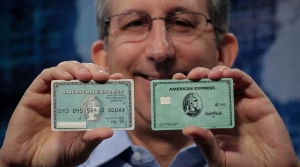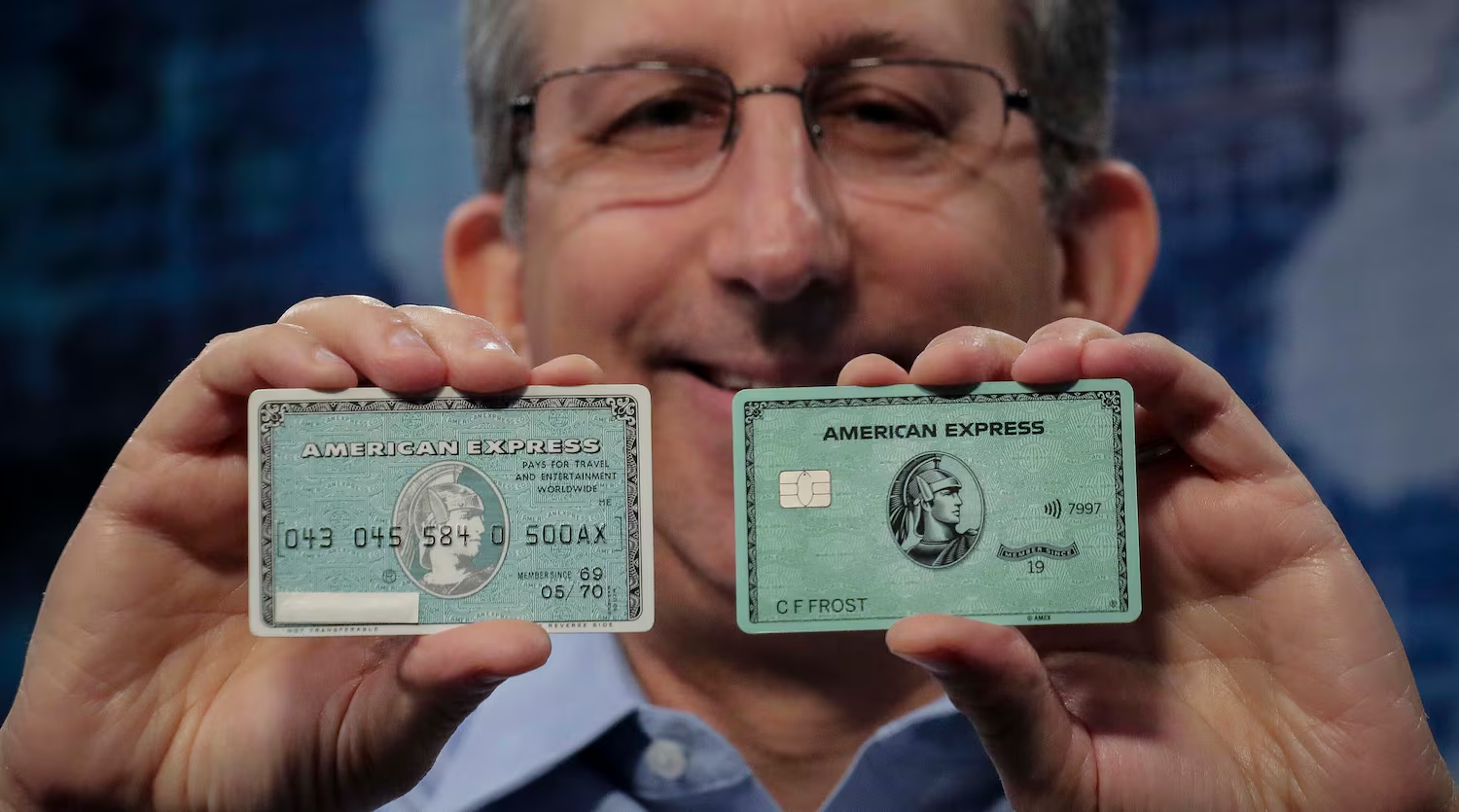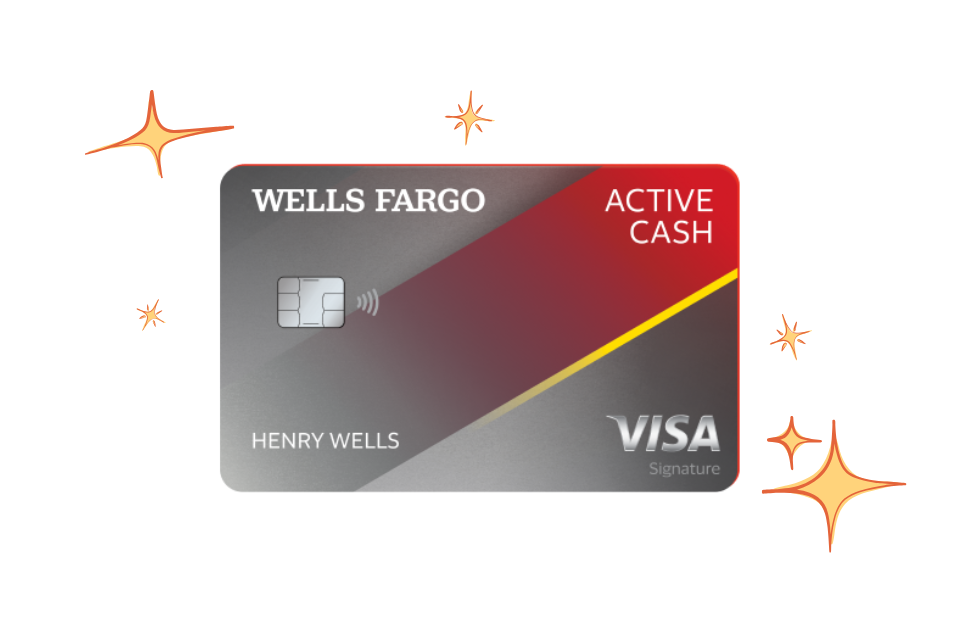Ever feel like money just slips through your fingers? You get paid, and before you know it, it’s gone, and you’re not even sure where it all went. Living without a budget can feel like driving without a map – you’re moving, but you might not be heading where you actually want to go financially. Creating a budget isn’t about restricting yourself; it’s about gaining control, understanding where your money is going, and making conscious choices about how you want to use it to achieve your goals in the United States.
Budgeting is the absolute foundation of any sound financial plan. It’s your roadmap to making sure you can cover your needs, pay down debt, save for the future, and still have a little left for fun. It doesn’t have to be complicated or painful. Let’s break down how to build a realistic budget for yourself or your family.
Step 1: Know Your Income (The Starting Point)
Before you can plan where your money goes, you need to know exactly how much is coming in.
- Gather Income Sources: List all sources of income for the month. This includes your regular paychecks (use your net pay – the amount after taxes and deductions), any freelance or side hustle income, benefits, etc.
- Calculate Total Monthly Income: Add up all your income sources to get your total monthly income. If your income varies (like freelance work), consider using a conservative average or the lowest expected amount to be safe.
Knowing your reliable monthly income is step one. Everything else in your budget flows from this number.
Step 2: Track Your Spending (The Eye-Opening Exercise)
This is often the most revealing part of the process. Most people underestimate how much they spend in certain categories.
- Choose a Tracking Method: Pick a way to track every dollar you spend for at least a month. Options include budgeting apps (like Mint, YNAB, PocketGuard), spreadsheets, a simple notebook, or even just saving all your receipts and entering them later.
- Categorize Your Spending: As you track, sort your spending into categories (rent/mortgage, utilities, groceries, dining out, transportation, entertainment, subscriptions, debt payments, etc.). Be specific to see where your money is truly going.
- Be Diligent: Track everything for a full month. Don’t change your spending habits while tracking; the goal is to see your real habits. This honest look is crucial for building a realistic budget.
Step 3: Categorize Your Expenses (Needs vs. Wants)
Now that you have your spending data, organize your expenses. Separate them into two main groups:
- Fixed Expenses: These are costs that are generally the same each month and are often non-negotiable. Examples include rent/mortgage payment, loan payments (car, student, personal), insurance premiums, minimum credit card payments, and sometimes subscriptions.
- Variable Expenses: These costs fluctuate month to month and offer more flexibility for adjustments. Examples include groceries, utilities (though some are relatively stable), gas, dining out, entertainment, clothing, and personal care.
Within your variable expenses, it’s helpful to identify needs (groceries, essential utilities) versus wants (dining out, entertainment, new gadgets). This distinction is key when you look for areas to cut back.
Step 4: Build Your Budget Framework (Putting It on Paper)
Now you combine your income and expense tracking into a formal budget.
- Choose a Budgeting Method: There are different popular budgeting methods. The 50/30/20 Rule suggests allocating 50% of your after-tax income to Needs, 30% to Wants, and 20% to Savings & Debt Repayment (beyond minimums). The Zero-Based Budget involves assigning every single dollar of your income to a specific category (spending, saving, debt payoff) until your income minus your expenses equals zero. The Envelope System is a physical method for variable spending, where you put cash for categories like groceries or entertainment into actual envelopes.
- Allocate Funds: Based on your income and spending data from Step 2 & 3, assign a dollar amount to each spending category for the upcoming month. Be realistic based on your tracking, but also look for areas where you identified you can cut back, especially in the “Wants” category.
- Ensure Income – Expenses = Zero (for Zero-Based) or Income > Needs + Wants + Savings/Debt Goals (for others): Make sure your planned spending and saving/debt payoff aligns with your income.
Step 5: Give Every Dollar a Job (Prioritize Your Goals)
A budget isn’t just about tracking spending; it’s about telling your money what to do. Make sure your budget includes allocations for your financial goals:
- Debt Payoff: Include amounts above minimums for aggressively tackling debt, following your chosen payoff strategy (Snowball or Avalanche).
- Savings: Allocate money for your emergency fund, retirement, down payments, or other savings goals.
- Future Spending: Budget for irregular expenses like annual insurance premiums or holiday gifts by setting aside a small amount each month.
Consciously decide where you want your money to go before the month begins.
Step 6: Review and Adjust Regularly (Budgeting Isn’t Static)
This is perhaps the most critical step for long-term success. A budget is not a one-time project; it’s an ongoing process.
- Track Spending Consistently: Keep tracking your spending throughout the month to see if you’re sticking to your plan.
- Monthly Check-ins: At the end of each month, review your budget. How did you do? Where did you overspend or underspend?
- Make Adjustments: Use what you learned to adjust your budget for the next month. Did you consistently overspend on groceries? Maybe that category needs a higher allocation, or you need to find ways to cut back elsewhere. Did you underspend in entertainment? You could allocate that extra to savings or debt. Your income or expenses might also change, requiring adjustments. Life happens, and your budget needs to adapt.
Creating a realistic personal or family budget in the United States is the essential first step towards taking control of your finances, understanding your cash flow, and making intentional progress towards your financial goals. It requires honesty in tracking, thoughtful planning in allocation, and consistent review and adjustment. It might take a few months to get it just right, but the effort is absolutely worth it. A budget isn’t about limitations; it’s about empowerment and making sure your money is working for you.









